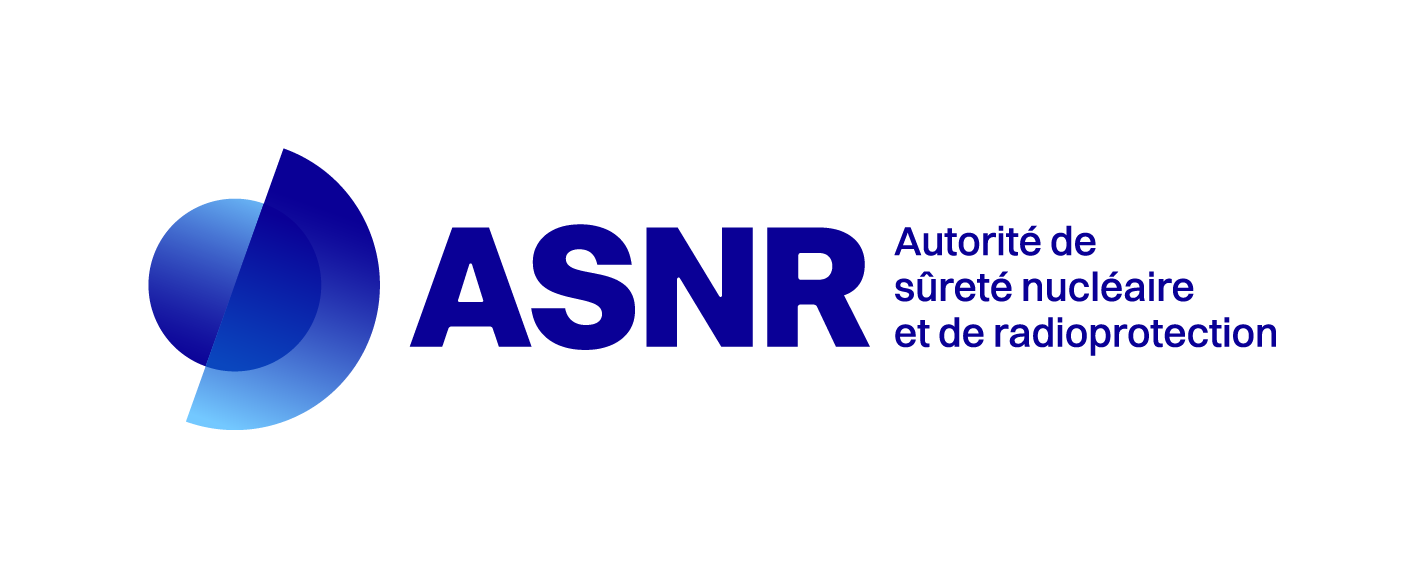Ex vivo skin diffusion and decontamination studies of titanium dioxide nanoparticles
Résumé
This study aims to adapt an experimental model based on Franz diffusion cells and porcine skin explants to characterize the diffusion of TiO2 NPs and to compare the efficacy of different cleansing products, soapy water and a calixarene cleansing nanoemulsion compared with pure water, as a function of the time of treatment. While TiO2 NPs tend to form agglomerates in aqueous solutions, a diffusion through healthy skin was confirmed as particles were detected in the receptor fluid of Franz cells using sp-ICP-MS. In the absence of treatment, SIMS images showed the accumulation of TiO2 agglomerates in the stratum corneum, the epidermis, the dermis, and around hair follicles. Decontamination assays showed that the two products tested were comparably effective in limiting Ti penetration, whatever the treatment time. However, only calixarene nanoemulsion was statistically more efficient than water in retaining TiO2 in the donor compartment, limiting retention inside the skin and preventing NP diffusion through the skin when treatments were initiated 30 min after skin exposure. When decontamination was delayed from 30 min to 6 h, the amount of Ti diffusing and retained in the skin increased.
This study demonstrates that TiO2 NPs may diffuse through healthy skin after exposure. Thus, effective decontamination using cleansing products should be carried out as soon as possible.
| Origine | Publication financée par une institution |
|---|---|
| Licence |




